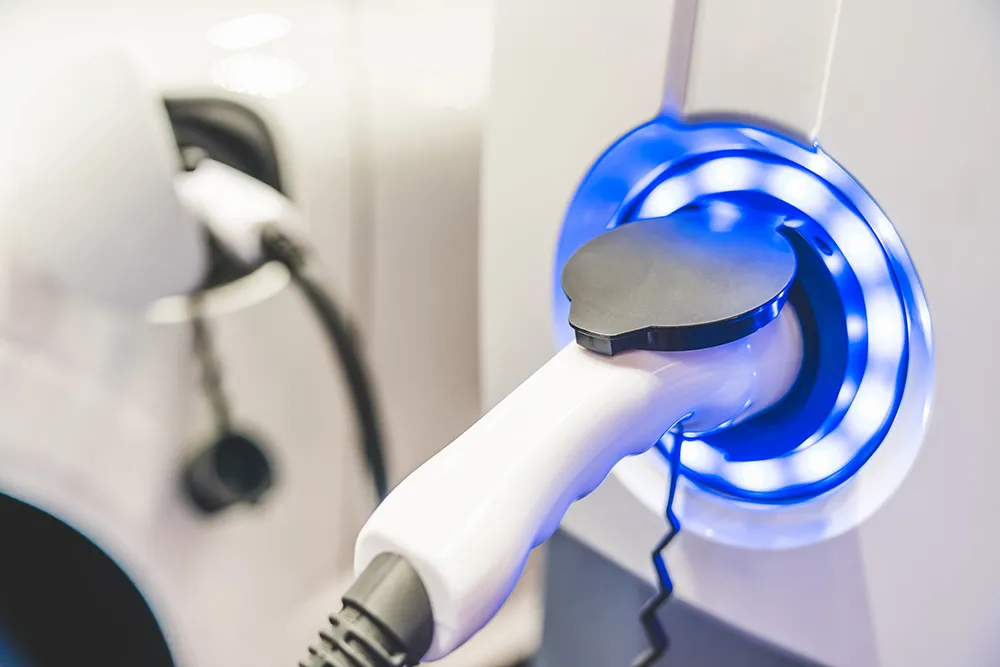TomTom is a major supplier of traffic information, with one of the most extensive bases of real-time GPS probes in the world, detecting the actual traffic situation on all roads. According to the company, recent industry benchmarks and awards prove that TomTom Traffic covers more jams with fewer false alerts than its competitors, giving drivers a clearer picture of traffic conditions on every journey.
Volkswagen and Audi drivers will now benefit from the most accurate TomTom service available on the market with over 100 million kilometres of roads covered. Navigation systems can propose reliable alternative routes, saving drivers hours of travel time annually, while actively reducing fuel consumption.
"We’re delighted to announce this important partnership with Volkswagen Group, one of the world’s premier car manufacturers, strengthening our global market leadership as the trusted provider of navigation technology”, said Harold Goddijn, CEO of TomTom. “TomTom invented and developed traffic information and efficient routing as we know it today. Large scale adoption and on-going development will continue to contribute to reduced traffic congestion and CO2 emissions, as well as enhanced safety on the road in the future.”
Volkswagen chooses TomTom
TomTom has announced a multi-year agreement with automobile manufacturer Volkswagen Group to bring its traffic service to their cars across Europe, beginning with Audi and Volkswagen.
TomTom is a major supplier of traffic information, with one of the most extensive bases of real-time GPS probes in the world, detecting the actual traffic situation on all roads. According to the company, recent industry benchmarks and awards prove that TomTom Traffic covers more jams with fewer false alerts than its comp
February 12, 2015
Read time: 2 mins








